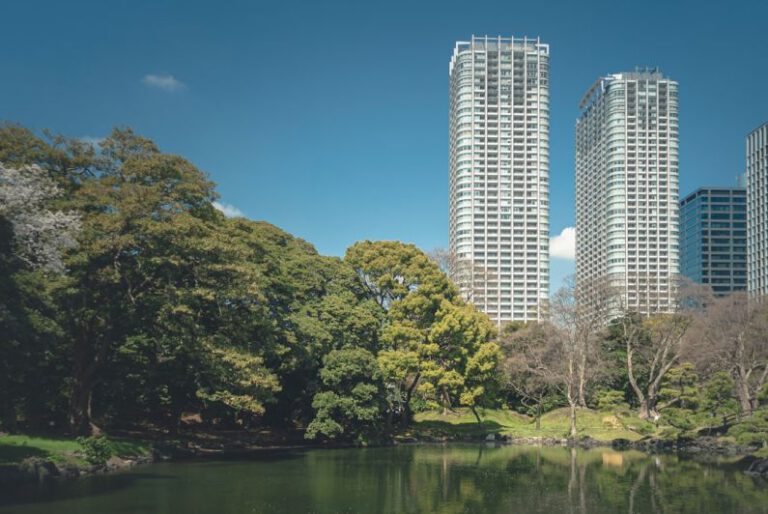Smart Parking: Solving the Urban Puzzle
In the bustling urban landscape, finding a parking spot can often feel like solving a complex puzzle. The limited availability of parking spaces combined with the ever-growing number of vehicles on the road has led to congested streets, frustrated drivers, and increased pollution levels. However, with the advancement of technology, the concept of smart parking has emerged as a solution to this urban challenge. By utilizing innovative technologies and data-driven approaches, smart parking systems aim to streamline the parking process, reduce traffic congestion, and enhance the overall urban mobility experience.
The Evolution of Smart Parking
Smart parking systems have come a long way from the traditional methods of parking management. In the past, drivers would circle around city blocks for extended periods, searching for an available parking space. This not only wasted time and fuel but also contributed to environmental pollution. However, with the advent of smart parking solutions, such as sensors, cameras, and mobile applications, the parking experience has been revolutionized.
Real-Time Data and Sensors
One of the key components of smart parking systems is the use of real-time data and sensors. These sensors are installed in parking spaces to detect the presence of vehicles. When a car occupies a spot, the sensor sends a signal to a centralized system, indicating that the space is no longer available. This information is then relayed to drivers through mobile applications or electronic signs, guiding them to vacant parking spots efficiently.
Mobile Applications for Seamless Parking
Mobile applications play a vital role in transforming the way drivers interact with parking spaces. These apps allow users to reserve parking spots in advance, pay for parking electronically, and receive real-time updates on parking availability. By utilizing these mobile applications, drivers can plan their parking ahead of time, reducing the stress and uncertainty associated with finding a spot in busy urban areas.
Optimizing Parking Space Utilization
Smart parking systems also focus on optimizing the utilization of parking spaces. By analyzing data on parking patterns and occupancy rates, city planners can gain valuable insights into parking demand. This information can be used to implement dynamic pricing strategies, adjust parking policies, and allocate resources more efficiently. As a result, cities can make better use of existing parking infrastructure and reduce the need for additional parking spaces.
Enhancing Urban Mobility
The integration of smart parking systems into urban environments has a positive impact on overall mobility. By reducing the time spent searching for parking, smart parking solutions help alleviate traffic congestion and improve traffic flow. This, in turn, leads to lower carbon emissions, as idling vehicles contribute significantly to air pollution. Additionally, by promoting alternative modes of transportation, such as public transit, walking, and cycling, smart parking systems support sustainable urban mobility goals.
The Future of Smart Parking
As technology continues to advance, the future of smart parking looks promising. Innovations such as autonomous vehicles, connected infrastructure, and artificial intelligence are poised to further enhance the efficiency and effectiveness of smart parking systems. In the coming years, we can expect to see more integrated and intelligent solutions that not only address the challenges of urban parking but also contribute to creating smarter, more sustainable cities.
Driving Towards a Smarter Future
Smart parking is not just about finding a place to park your car; it’s about reshaping the urban landscape for the better. By leveraging technology, data, and innovative solutions, smart parking systems offer a glimpse into a future where urban mobility is seamless, sustainable, and efficient. As cities continue to grow and evolve, smart parking will play a crucial role in ensuring that the puzzle of urban parking is solved, one spot at a time.






